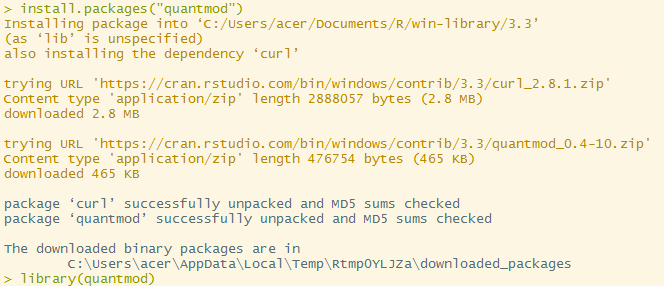"Maximizing Your Financial Future: A Comprehensive Guide to Undergraduate Loans"
Guide or Summary:Understanding Undergraduate LoansTypes of Undergraduate LoansApplying for Undergraduate LoansUnderstanding Interest Rates and Repayment Pla……
Guide or Summary:
- Understanding Undergraduate Loans
- Types of Undergraduate Loans
- Applying for Undergraduate Loans
- Understanding Interest Rates and Repayment Plans
- Managing Your Undergraduate Loan Debt
- Conclusion: Planning for a Debt-Free Future
#### Introduction to Undergraduate Loans
Understanding Undergraduate Loans
Undergraduate loans are financial aid options specifically designed for students pursuing a bachelor's degree. These loans can help cover tuition, fees, and living expenses while you focus on your education. With rising education costs, understanding how to navigate undergraduate loans is crucial for students and their families.

Types of Undergraduate Loans
There are primarily two types of undergraduate loans: federal and private loans. Federal loans are funded by the government and typically offer lower interest rates and more flexible repayment options. The most common federal loan for undergraduates is the Direct Subsidized Loan, which does not accrue interest while the student is enrolled at least half-time. On the other hand, private loans are offered by banks or financial institutions and may have varying interest rates and repayment terms. It's essential to compare both types to find the best fit for your financial situation.
Applying for Undergraduate Loans
The application process for undergraduate loans begins with filling out the Free Application for Federal Student Aid (FAFSA). This form helps determine your eligibility for federal loans, grants, and work-study programs. Once your FAFSA is processed, you will receive a Student Aid Report (SAR) that outlines your financial aid options. If you are considering private loans, research different lenders, compare interest rates, and read reviews to ensure you choose a reputable company.
Understanding Interest Rates and Repayment Plans
Interest rates on undergraduate loans can significantly impact the total amount you will repay over time. Federal loans typically have fixed interest rates, while private loans may offer variable rates that can change over time. Understanding the difference between these rates is crucial for making informed borrowing decisions.

Repayment plans also vary between federal and private loans. Federal loans offer several repayment options, including income-driven repayment plans that adjust your monthly payment based on your income. Private loans may have less flexibility, so it’s essential to read the terms carefully before signing.
Managing Your Undergraduate Loan Debt
After graduation, managing your undergraduate loan debt becomes a priority. Create a budget to track your income and expenses, ensuring you allocate funds for loan payments. Consider consolidating or refinancing your loans if it can lower your monthly payments or interest rates. Additionally, explore loan forgiveness programs that may be available based on your career path or public service work.
Conclusion: Planning for a Debt-Free Future
In conclusion, undergraduate loans are a vital resource for many students pursuing higher education. By understanding the types of loans available, the application process, and repayment options, you can make informed decisions that will benefit your financial future. Remember to stay proactive about managing your debt and seek advice when needed. With careful planning and responsible borrowing, you can achieve your educational goals without being overwhelmed by financial burdens.

By taking these steps, you can ensure that your undergraduate experience is both enriching and financially manageable. Always stay informed about your options and make the most of the resources available to you.